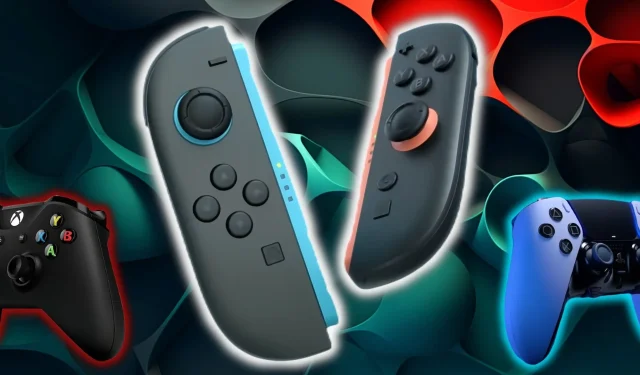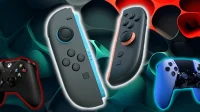The Nintendo Switch 2 was showcased during a recent Direct event, unveiling key details about its compatibility with existing Switch accessories. This aspect had been a concern among gamers, especially given how other platforms, such as PlayStation, have shown limited support for cross-generation accessory use. Historically, Nintendo has strived to maintain compatibility with its previous systems, and the Switch 2 continues this trend.
With substantial clarity now available regarding the Nintendo Switch 2, it is evident that accessories like the Joy-Cons and Pro Controllers from the original Switch will retain their value. This compatibility further accentuates the contrasts between Nintendo’s approach and PlayStation’s strategy, particularly noting that the PS5 largely neglects cross-generation controller usability.
Nintendo Switch 2 Continues Accessory Compatibility
Nintendo Switch 2: Compatibility with Legacy Controllers

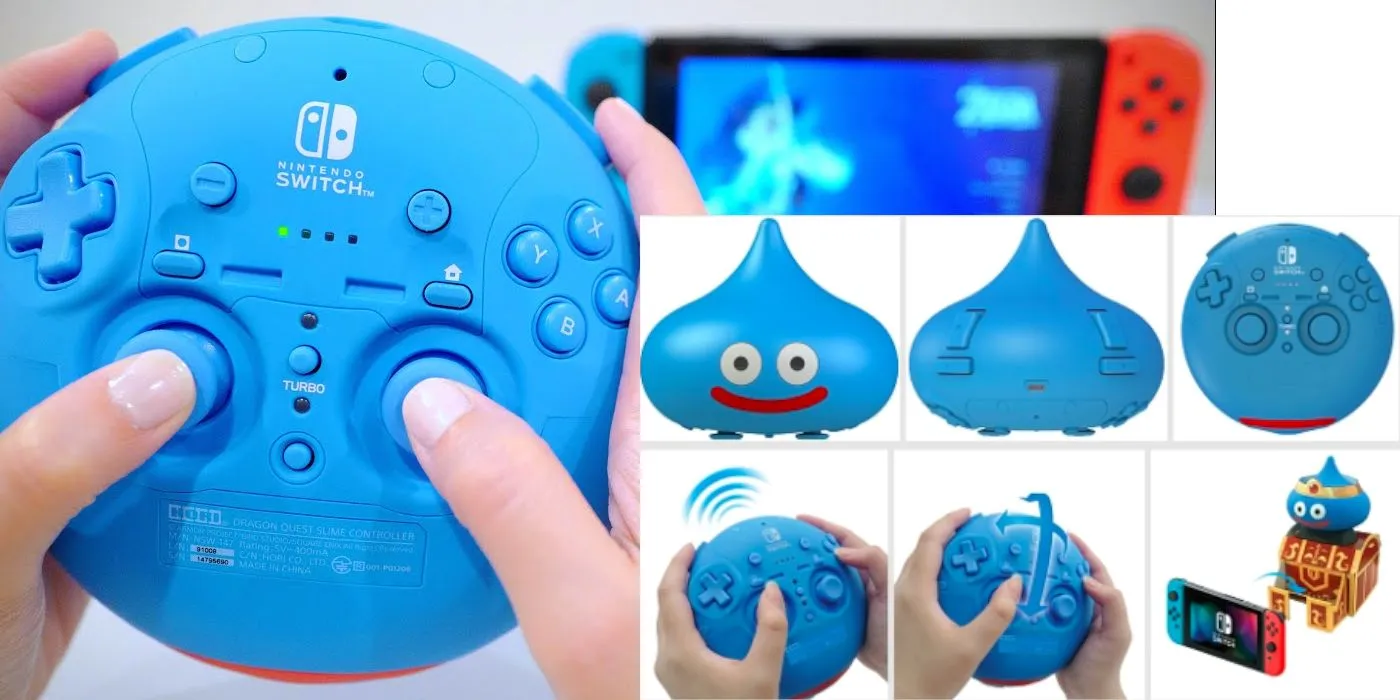
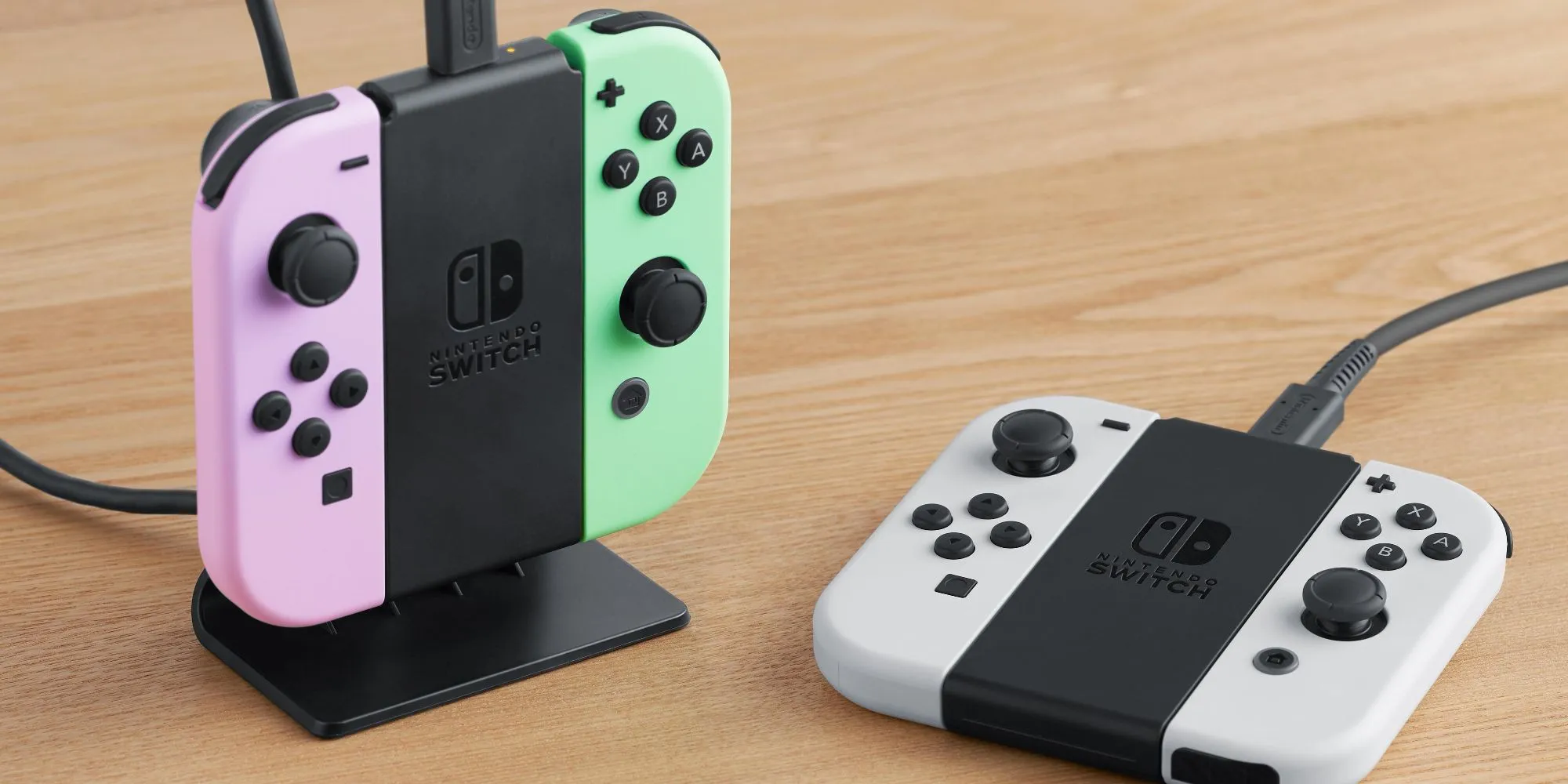
Nintendo’s latest console, the Switch 2, has made significant strides to ensure it works seamlessly with a majority of existing Switch accessories. While not every accessory will be compatible, a large number will be supported, enhancing the upgrade experience for current Switch gamers. The well-known Nintendo Switch Pro Controller is fully compatible, functioning wirelessly or being charged directly via the Switch 2 dock using a USB-C connection.
Additionally, the original Joy-Con controllers—an essential aspect of the Switch experience—will still be functional with the new device. However, they will not attach to the sides of the Switch 2 as before; instead, users must connect them wirelessly. Charging will require an original Switch or a compatible charging accessory, such as a Joy-Con grip or stand. Furthermore, controllers from classic systems like NES, SNES, Nintendo 64, and SEGA Genesis are also supported, maintaining robust options for enjoying retro titles through Switch Online.
Despite these features, classic controllers share limitations akin to the Joy-Cons: they must connect wirelessly and require a separate charging solution as they cannot be charged directly via the Switch 2. Not all accessories will transition smoothly to the new system, and users can find a comprehensive list of compatibility details on Nintendo’s website, noting accessories such as the original Adjustable Charging Stand will not work with the Switch 2.
PlayStation: A Missed Opportunity for Controller Compatibility
Sony’s Profit-Driven Controller Strategy
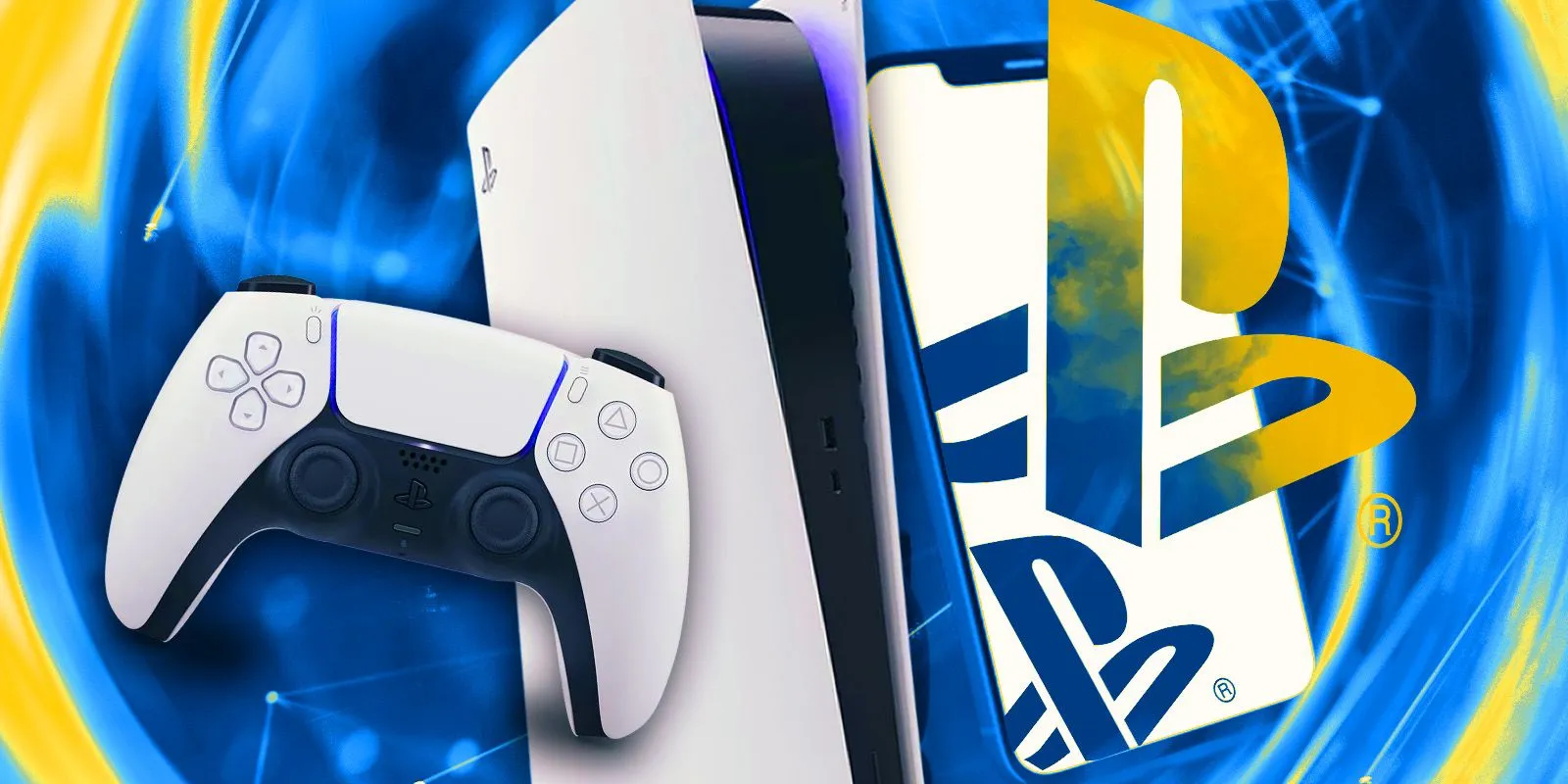
This approach makes the Switch 2 exceedingly inviting for potential new buyers, eliminating the need for additional accessory purchases. In contrast, the PlayStation apparatus has leaned heavily on the allure of new DualSense features, an enticing feature but one that compromises backward compatibility. While technically feasible to use a PS4 controller on the PS5, it’s limited exclusively to PS4 titles, forcing players to invest in the new DualSense controller for PS5-specific games.
On the other hand, Xbox does permit the use of Xbox One controllers on Series X|S systems. However, individual experiences may vary. Some users report issues with functionality, specifically regarding analog stick response, which detracts from the value of the cross-console support. Comparatively, the general sense of optimism regarding the Switch 2’s controller experience seems more reassuring.
Soaring Costs of Gaming Controllers
When Controllers Cost More Than Games
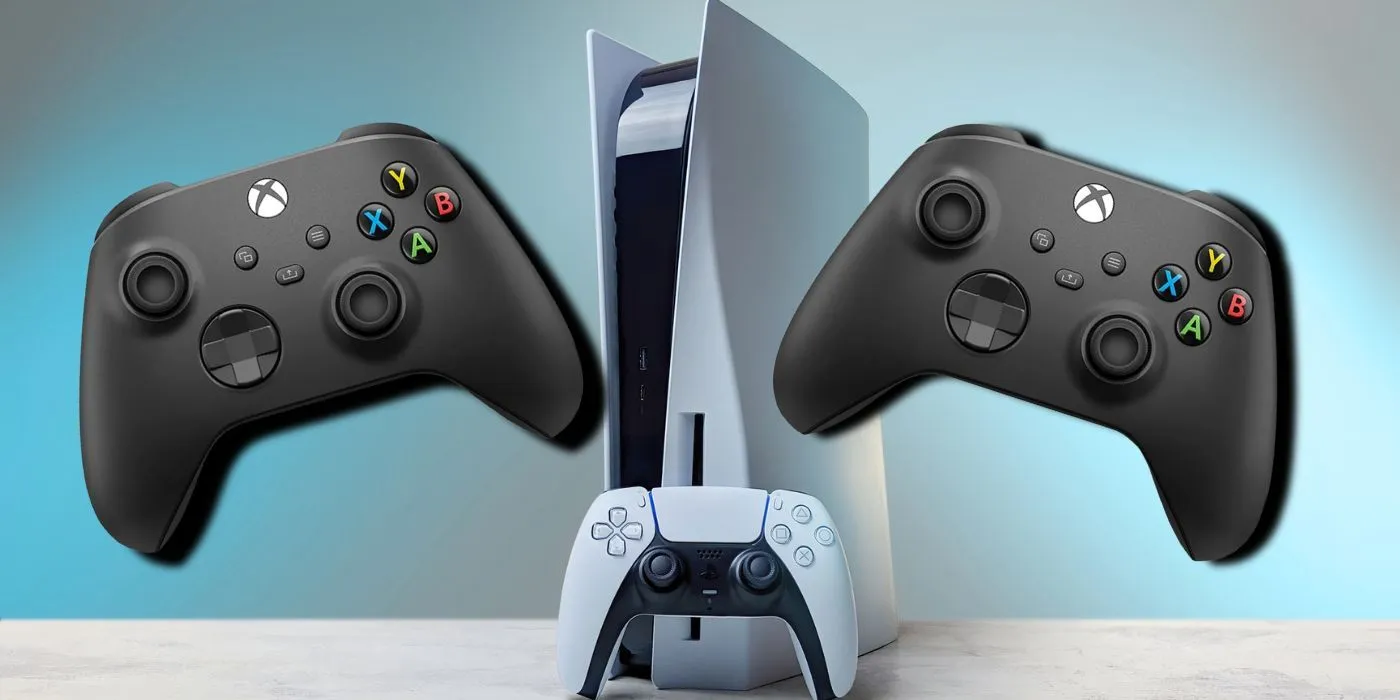
The inflation of gaming controller prices, particularly those from PlayStation, has become a notable concern. The typical DualSense controller, previously priced around $70, has surged to $75 on PlayStation’s website. While this increment may seem minimal, the cumulative costs for purchasing multiple controllers can be considerable.
Moreover, the high-end DualSense Edge controller is priced at a staggering $200 on PlayStation’s site, almost three times the cost of the standard model. This steep pricing trend complicates access to gaming for newcomers, making substantial additional financial commitments appear unreasonable, especially when similarly priced games exist.
While Xbox’s pricing for controllers has also risen, they remain relatively affordable, with the Xbox Wireless Controller available for around $45.30 on Microsoft’s website. The gap in pricing strategies between the DualSense and Xbox controllers is often significant.
It’s essential to consider that these price hikes could be influenced by rising manufacturing costs beyond Sony’s management. However, such pricing structures further underscore the need for broader controller compatibility, particularly since many players have already spent substantially on their gaming setups. This situation feels burdensome for PlayStation users, as a new controller purchase feels less like an option and more like an extra requirement.
In light of these costs, many gamers are turning to third-party controllers, which usually provide more budget-friendly options.
Interestingly, while Nintendo’s controller pricing is also on the higher side, with the new Joy-Con 2 priced at $89.99 and the Pro Controller at $79.99, the ability to utilize older accessories softens the financial blow. This compatibility reduces the necessity to purchase new controllers for multiplayer experiences, thus enhancing the overall value for players.
Nintendo Switch 2: Higher Initial Cost, but Greater Value
Cost-Effective Upgrade Through Backward Compatibility

Despite the fact that the Nintendo Switch 2’s price starts considerably higher than its predecessor at $449.99, the backward compatibility with older accessories could lead to long-term savings for gamers. It still remains less expensive than both the Xbox Series X and PS5, and while it doesn’t boast the highest-end hardware, its portability is a considerable draw.
For gamers who have invested in various Switch accessories, the financial implications of upgrading can be far less daunting. The cumulative expense of acquiring a Pro Controller, charging grips, extra Joy-Cons, and protective cases can exceed $200. The purchase of a console is often just the beginning of gaming costs.
When evaluating the price of the Nintendo Switch 2, the overall investment feels more justified. Nintendo has designed the Switch 2’s launch to help mitigate the common expenses associated with upgrading. On the other hand, the PlayStation 5 appears to request additional funds on top of the initial purchase, which highlights the restrictive elements of Sony’s strategy in stark contrast to Nintendo’s more accessible model.
